We push boundaries, provoke change and strive for the unique in everything we offer to our clients.
🇦🇷 Argentina
Address:
San Martín 674, 2º B – C1004AAN –
Buenos Aires, Argentina
✉️ Email: argentina@alchemydmc.com
📞 Phone: +54-11-4894-0277
Office Hours:
Monday to Friday from 9:30 to 18.30hs.
Time zone: UTC/GMT -3 hours
24hs Emergency Phone:
+54-911-5715-9093
24hs Emergency Email:
e24@alchemydmc.com
🇨🇱 Chile
Address:
Antonio Bellet 77 Of: 302 –
Providencia – Santiago de Chile – Chile
✉️ Email: chile@alchemydmc.com
📞 Phone: +56-2-3244-3600
Office Hours:
Monday to Friday from 9:30 to 18.30hs.
Time zone: UTC/GMT -4 hours
24hs Emergency Phone:
+56-2-3244-3600
24hs Emergency Email:
e24chile@alchemydmc.com